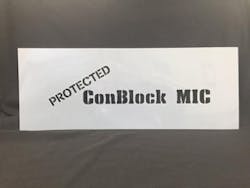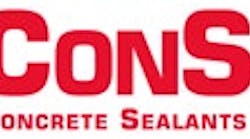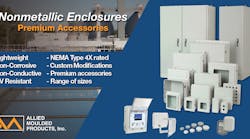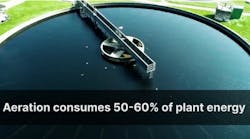The root cause of microbially induced corrosion (MIC) of concrete has been well documented—it is an acid that is produced by a bacterium called Thiobacillus thiooxidan. This species lives on the concrete, consumes sulfur from hydrogen sulfide gas and then excretes a very harsh acid. The acid attacks the concrete, causing it to erode. There are three distinct phases of the corrosion process: Phase one is carbonation of the concrete, a naturally occurring process; phase two is the biological attachment phase; and phase three is the acid corrosion phase.
Thiobacillus thiooxidan is the primary cause of microbial communities on corroded concrete pipes in sewer systems. This bacterium lives at a very low pH—perhaps 2 to 4—whereas concrete has a pH of 13 after manufacture. A process of natural carbonation will gradually lower the pH of the concrete to 5 to 7 over time. This process can be accelerated in controlled-environment curing chambers. At pH 6, acid-producing bacteria of other species—for example, Thiobacillus intermedius, Thiobacillus neapolitanus and Thiobacillus thioparus—will begin to colonize. These bacteria are required for Thiobacillus thiooxidan to survive.
ConBlock MIC, developed by Concrete Sealants Inc., is designed to inhibit the growth of the bacteria during phase two, breaking the chain of events that leads to MIC. It is a permanent, non-leaching biostatic anti-microbial that will not wear out or be sacrificed in the system. Adding this quaternary ammonium chloride to the concrete batch effectively controls the growth and colonization of bacteria, and in testing it has been shown to provide a reduction in excess of 99% of the bacteria.
Contact Us
Concrete Sealants Inc.
Tipp City, OH
800.332.7325
www.conseal.com



